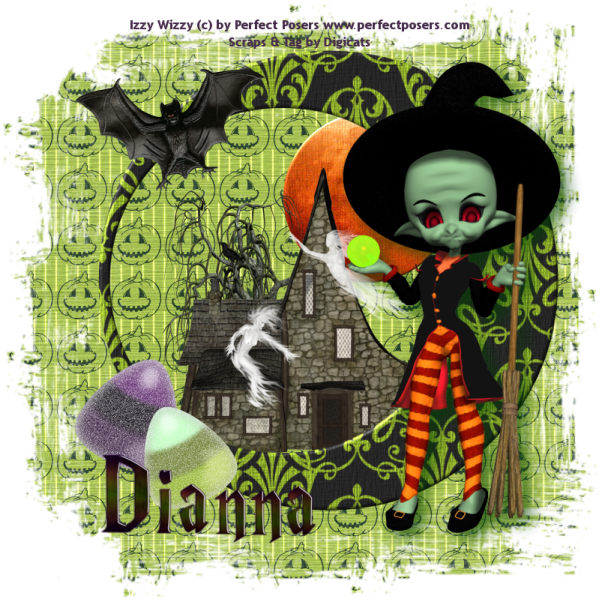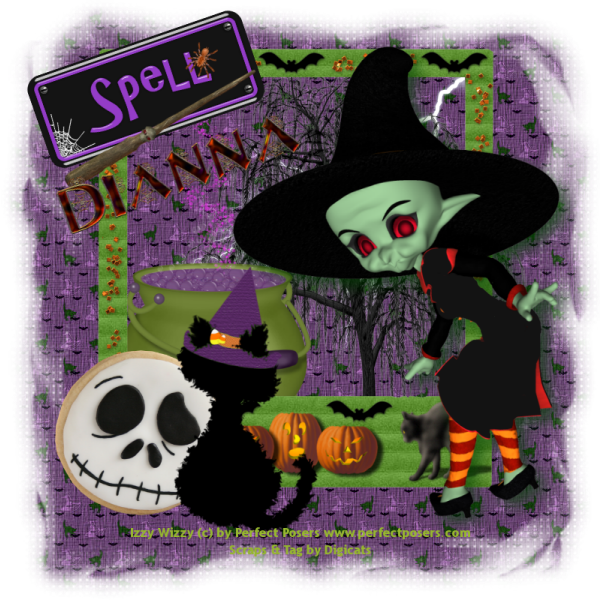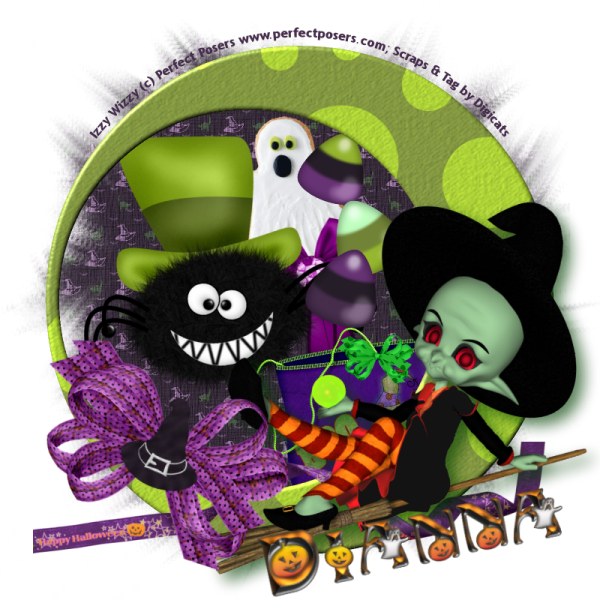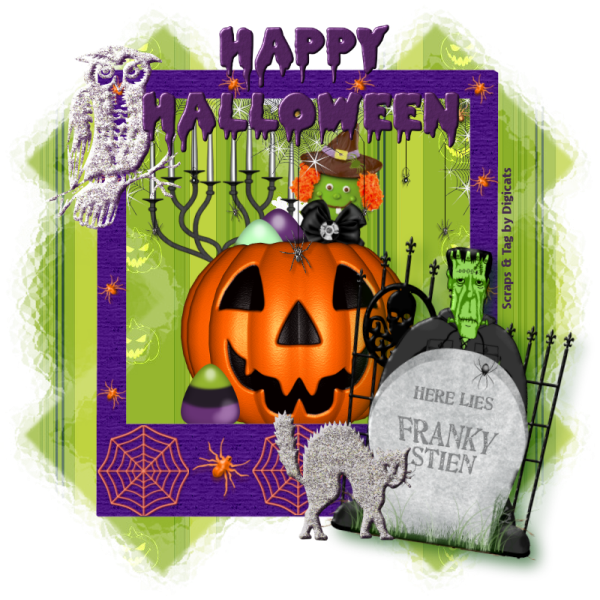Halloween is an annual fun-filled celebration, but it didn't start out that way. The history of Halloween dates back 2,000 years to the superstitious Celts, who lived in Scotland, Ireland and Wales. Their calendar year began on November 1st, so October 31st was their New Year's Eve.
The Celts believed that on this night ghosts, goblins and witches came back to earth and wandered through the villages and countryside trying to return to the homes where they formerly lived. Because the Celts were frightened - even terrified - they tried to "blend in" with the spirits by dressing up in ghoulish costumes so they would be taken for fellow spirits. The frightened villagers also placed gifts of fruit and nuts on their doorsteps to appease the spirits and prevent them from entering their homes.
When the Romans conquered the Celts, some Roman and Celtic traditions were combined. For Romans, November 1st was an important holy day called All Hallows Day (or All Saints Day). Eventually, October 31st became All Hallows E'en (evening), which is known to us as Halloween.
As European cultures meshed in a new America, we developed our own Halloween traditions over the years. Parties for adults and children became the norm, and they focused on games, foods of the season and festive costumes. Between 1920 and 1950, the tradition of trick-or-treating was revived. Over the years, several animals became closely associated with this American holiday season (including the eerie howl of the werewolf). Let's look at some of those animals and their connection to Halloween.

Bats - These creatures of the night have always gotten a bad rap; they are associated with vampires and the walking dead all because of their cousins, the vampire bats. Bats are nocturnal and mysterious. Just the name vampire bat conjures up spooky images of Count Dracula and other eerie blood-sucking creatures of the night. There are 900 bat species and the vampire bat is the only one that likes blood - about two tablespoons a day. Lucky for us, they prefer the blood of birds and cows to that of humans.

Cats - You rarely see a Halloween witch without a black cat. The Halloween black cat is always in a fear-provoking position, with back arched, fur on end and eyes glittering. For thousands of years, black cats have been regarded as mysterious creatures with supernatural powers, associated with witches and death. It was believed that witches could change into cats; in fact, they could make that change nine times. Some people believed that cats were the spirits of the dead. The cat's pupils - narrow slits in the daytime, but luminous globes at night - linked him to the moon and emphasized his ability to see into the future.

Spiders - Who likes spiders? Raise your hand. The spider and its web represent dark, scary places haunted by ghosts and goblins. Spiders were tiny enough to hide in a witch's cloak and whisper instructions in her ear.

Well, we've come a long way since those long-ago days of fright and superstition. We no longer fear black cats and spiders, or worry about witches and ghosts. So if you hear your doorbell ring on Halloween night, have your bowl of treats at hand and open the door with confidence. The little goblins at your door are only there for candy!
No comments:
Post a Comment